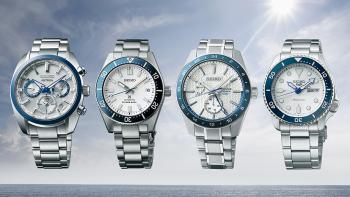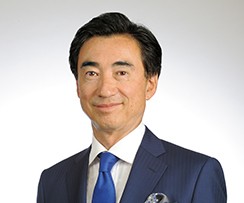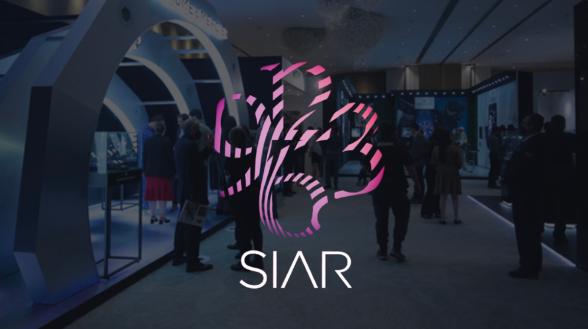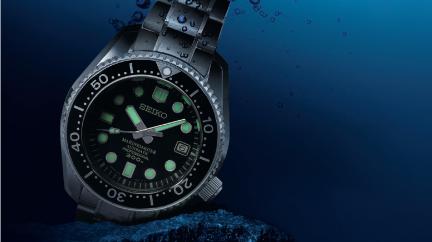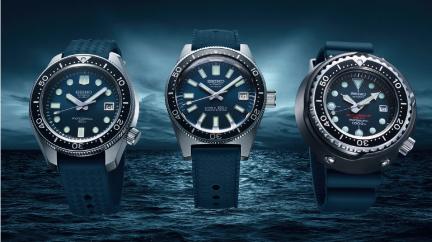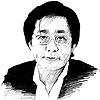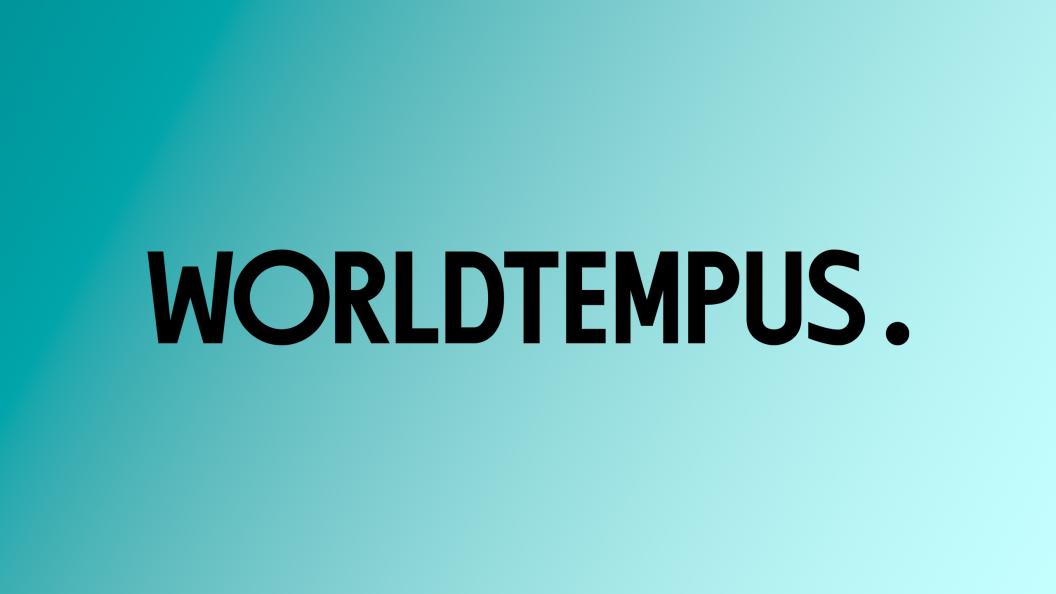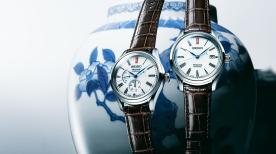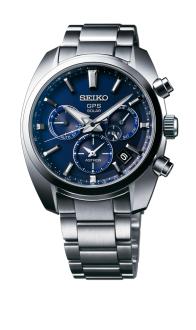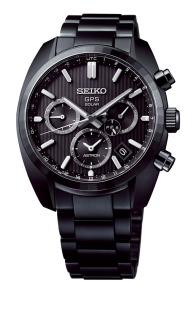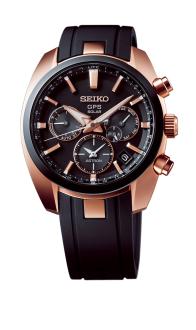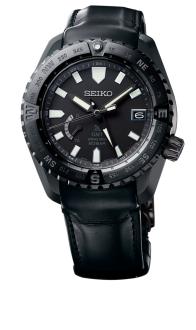Seiko
Kintaro Hattori was born in Tokyo in 1860. At the age of thirteen, he was working as apprentice near a clock store when he had the idea of opening a workshop; his thinking was that he could earn a decent living from the sale and repair of clocks. He learned the trade and opened a shop selling and repairing watches and clocks in central Tokyo in 1881.
In 1881, Hattori founded the Seikosha clock factory. The firm’s first pocket watch came out three years later.
From 1910, Seiko was making its own balance springs and, in 1913, started to produce wristwatches, becoming the first company in Japan to do so.
Having won all the chronometer competitions in Japan in the 1950’s, Seiko looked overseas and won two European watchmaking competitions, gaining international acclaim. All the components in these chronometers were designed and made in house, and this led, in 1960, to the launch of Grand Seiko, a watch designed to be as perfect as any in the world.
Seiko continued to innovate: in 1969 it presented the Astron, the first quartz watch in the world, followed in 1973 by the world’s first six-figure LCD digital display watch. In 1988, Seiko presented Kinetic, a quartz watch powered by the wearer’s motion and in 1999, Spring Drive, a luxury mechanical watch with one second a day accuracy.
In 1964, Seiko had become official time-keeper for the Tokyo Olympics, marking the start of a partnership with major sporting events that still continues. Seiko will time the 2013 World Athletics Championships in Moscow, and has been the choice of the IAAF since 1985.
The Hattori family has remained at the helm since the start and, today, the Company’s President is Shinji Hattori, the great grandson of the founder.
